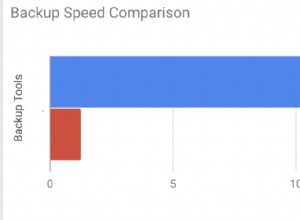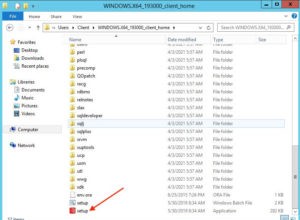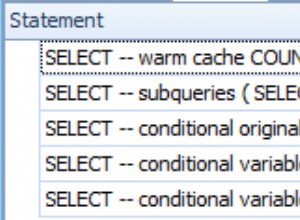Führen Sie die folgenden Schritte aus:
-
Erstellen Sie einen neuen Benutzernamen und ein neues Passwort für postgresql auf Cloud9:
$ sudo service postgresql start $ sudo sudo -u postgres psql postgres=# CREATE USER username SUPERUSER PASSWORD 'password'; postgres=# \q -
Erstellen Sie ENV-Variablen auf Cloud9:
$ echo "export USERNAME=username" >> ~/.profile $ echo "export PASSWORD=password" >> ~/.profile $ source ~/.profileMeine database.yml für Rails 4.2.0 auf Cloud9:
default: &default adapter: postgresql encoding: unicode pool: 5 username: <%= ENV['USERNAME'] %> password: <%= ENV['PASSWORD'] %> host: <%= ENV['IP'] %> development: <<: *default database: sample_app_development test: <<: *default database: sample_app_test production: <<: *default database: sample_app_production -
Fügen Sie den Edelstein
pgein in Gemfile und installiere:gem 'pg', '~> 0.18.2'
$ bundle install -
Aktualisieren Sie Vorlage1 postgresql für database.yml auf cloud9:
postgres=# UPDATE pg_database SET datistemplate = FALSE WHERE datname = 'template1'; postgres=# DROP DATABASE template1; postgres=# CREATE DATABASE template1 WITH TEMPLATE = template0 ENCODING = 'UNICODE'; postgres=# UPDATE pg_database SET datistemplate = TRUE WHERE datname = 'template1'; postgres=# \c template1 postgres=# VACUUM FREEZE; postgres=# \q -
Führen Sie von der Befehlszeile aus:
bundle exec rake db:create




